What Is A Flamingo Willow: Care Of Dappled Japanese Willow Tree

The Salicaceae family is a large group containing many different types of willow, from the large weeping willow to smaller varieties like the flamingo Japanese willow tree, also known as the dappled willow tree. So what is a flamingo willow and how do you take care of dappled Japanese willow tree? Read on to learn more.
What is a Flamingo Willow?
The flamingo willow tree or shrub is a popular Salicaceae varietal grown for its stunning variegated foliage. Growing dappled willow trees have leaves that are light green mottled with white in the spring and summer and the “flamingo” inspired new growth of deep pink color. In the fall and winter, the tree really stands out with bright red stems showcasing the unique foliage, which will eventually yellow and drop off. Dappled Japanese willow tree blooms with yellow catkins in the early spring. Depending upon which rootstock you purchase, flamingo willows (Salix integra) may be either a tree or shrub. ‘Standard' rootstock develops into a tree that will attain heights of about 15 feet (4.5 m.) tall and as wide. When it is sold as a shrub, it must be pruned to maintain the starburst shape and reign in its growth to between 4 and 6 feet (1 - 1.5 m.).
Care of Dappled Japanese Willow Tree
This non-native deciduous tree is suitable for USDA hardiness zones between 4 and 7. It is a non-invasive plant that is well suited to most gardens due to its relatively manageable size. Flamingo Japanese willow is a rapid grower. The tree can be kept down in size by pruning during the spring months, which does not phase the plant, and in fact, promotes summer leaf color and winter twig color. Dappled Japanese willow tree can be grown in a range of conditions. It is tolerant of sun to shade lighting exposures, although full sun will allow it to develop a pinker variegation. This willow will also do well in a variety of soils including moist soil, but not standing water. Because this tree does do well in damp soil, be sure to water deeply. This colorful addition to the garden adds year-round interest to the landscape and is virtually pest free.
Gardening tips, videos, info and more delivered right to your inbox!
Sign up for the Gardening Know How newsletter today and receive a free copy of our e-book "How to Grow Delicious Tomatoes".

Amy Grant has been gardening for 30 years and writing for 15. A professional chef and caterer, Amy's area of expertise is culinary gardening.
-
 12 Lush Alternatives To A Lawn For Sustainable Spaces
12 Lush Alternatives To A Lawn For Sustainable SpacesAlternatives to a lawn are beautiful and also beneficial to your local ecosystem and its pollinators. Explore our top picks for plants to replace grass.
By Tonya Barnett
-
 Types Of Tomatoes Explained: Explore The Many Wonderful Shapes, Colors, Flavors, & Best Uses
Types Of Tomatoes Explained: Explore The Many Wonderful Shapes, Colors, Flavors, & Best UsesThe world of tomato varieties is vast and fascinating. Learn about the key types to grow in your garden, tailored to your preferences and space.
By Amy Grant
-
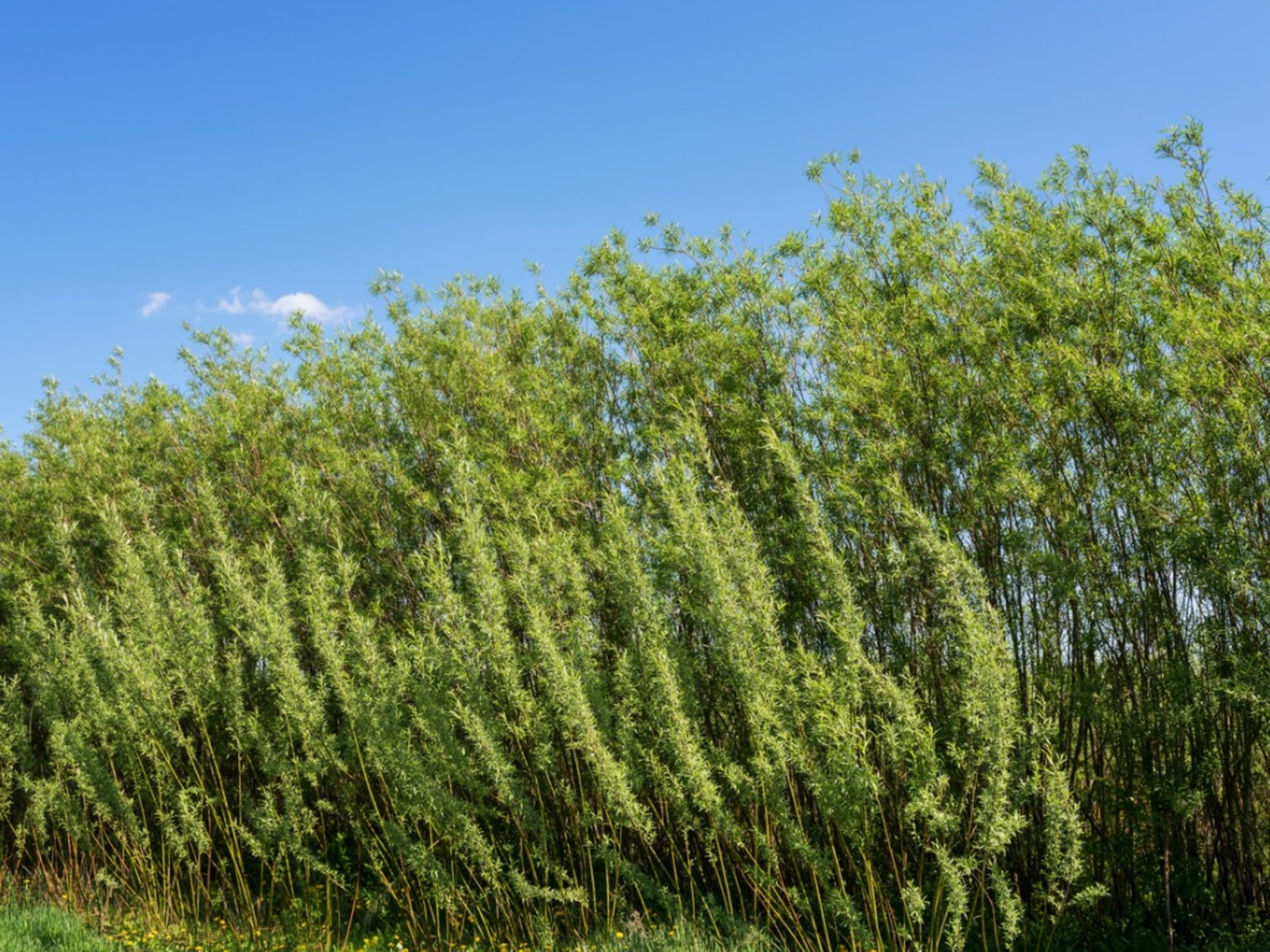 Living Willow Fence Ideas - Tips For Growing A Living Willow Fence
Living Willow Fence Ideas - Tips For Growing A Living Willow FenceCreating a living willow fence is an easy, inexpensive way to screen a view or divide garden areas. Read on to learn more.
By Susan Albert
-
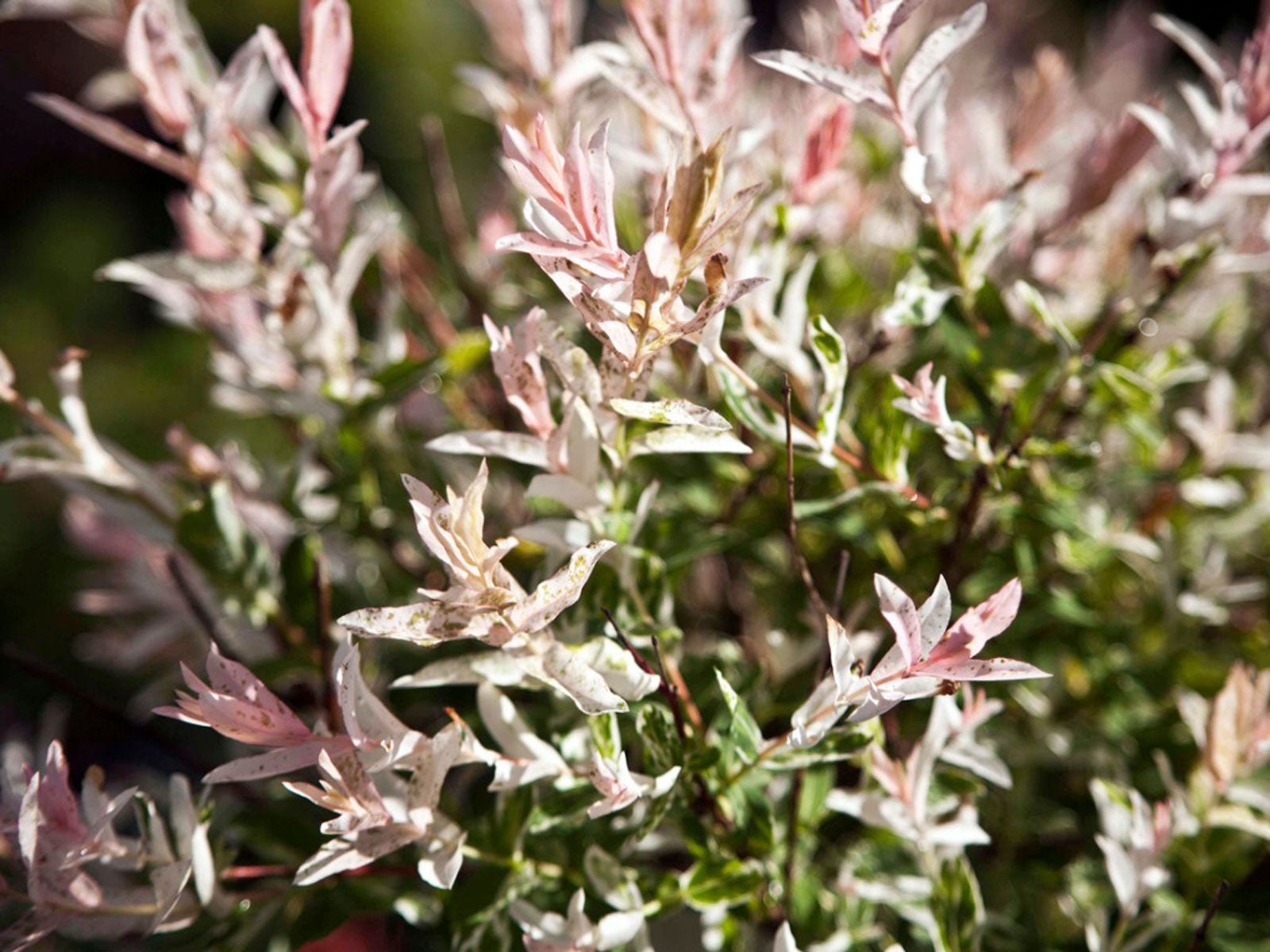 What’s Wrong With My Dappled Willow: Common Dappled Willow Problems
What’s Wrong With My Dappled Willow: Common Dappled Willow ProblemsDappled willow is one of the smaller members of the willow family. Although undemanding, it will occasionally see problems. Learn about them here.
By Teo Spengler
-
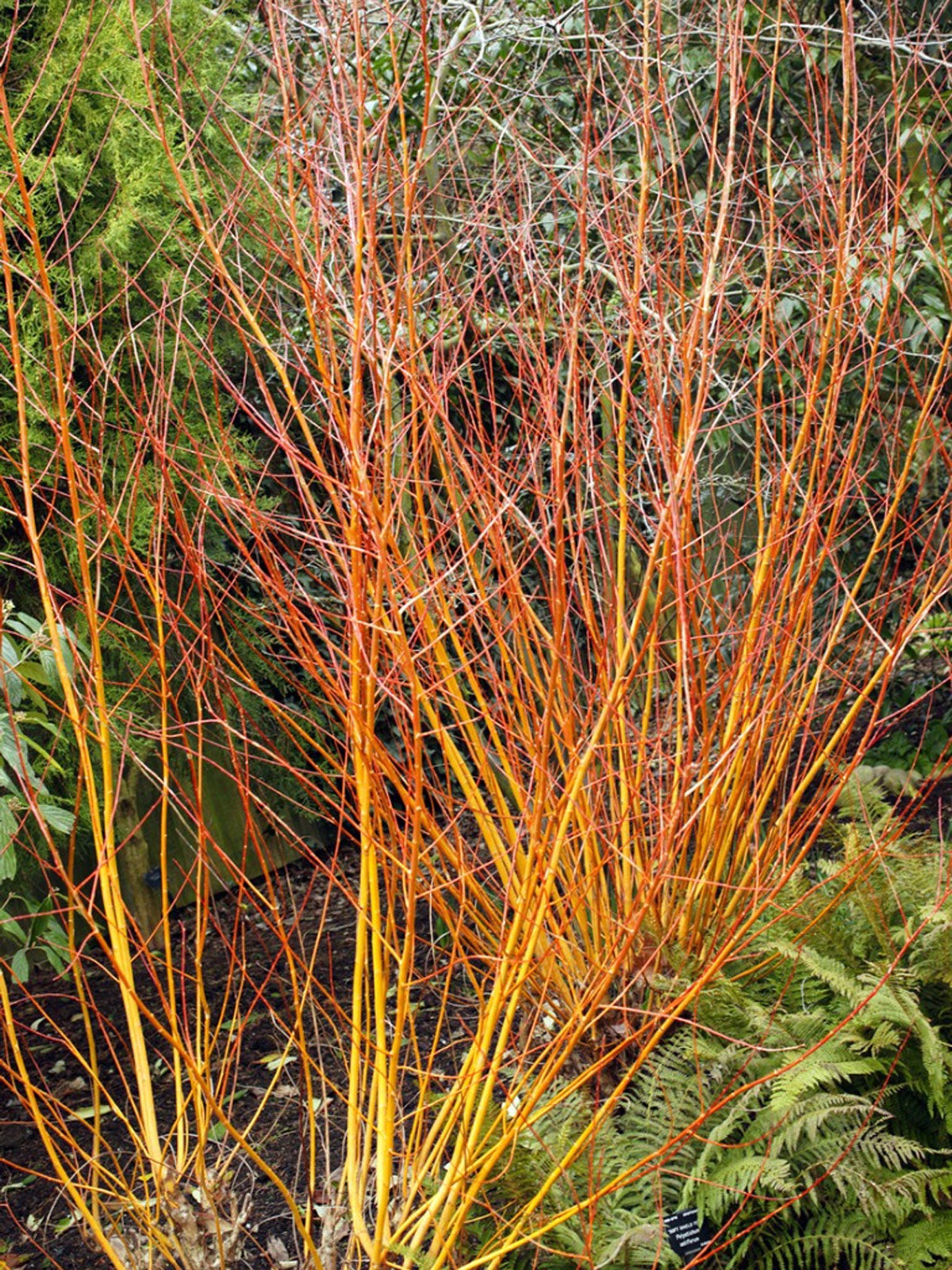 Coral Bark Willow Care – What Is A Coral Bark Willow Tree
Coral Bark Willow Care – What Is A Coral Bark Willow TreeFor lovely winter interest and nice summer foliage, you can’t go wrong with coral bark willow shrubs. Click here for tips on coral bark willow care.
By Teo Spengler
-
Peachleaf Willow Facts – Peachleaf Willow Identification And More
Few trees are easier to grow than native willows. Peachleaf willow trees are no exception. It’s not hard to identify peachleaf willows since they have leaves that look similar to the foliage of peach trees. Click here for peachleaf willow facts that describe this native tree.
By Teo Spengler
-
 Willow Varieties – Types Of Willow Trees To Grow In The Landscape
Willow Varieties – Types Of Willow Trees To Grow In The LandscapeIf you are curious about which willow varieties might work well in your yard or garden, you’ll need to start by figuring out how much room you have and what growing conditions you can offer. Click here for an overview of popular varieties of willows.
By Teo Spengler
-
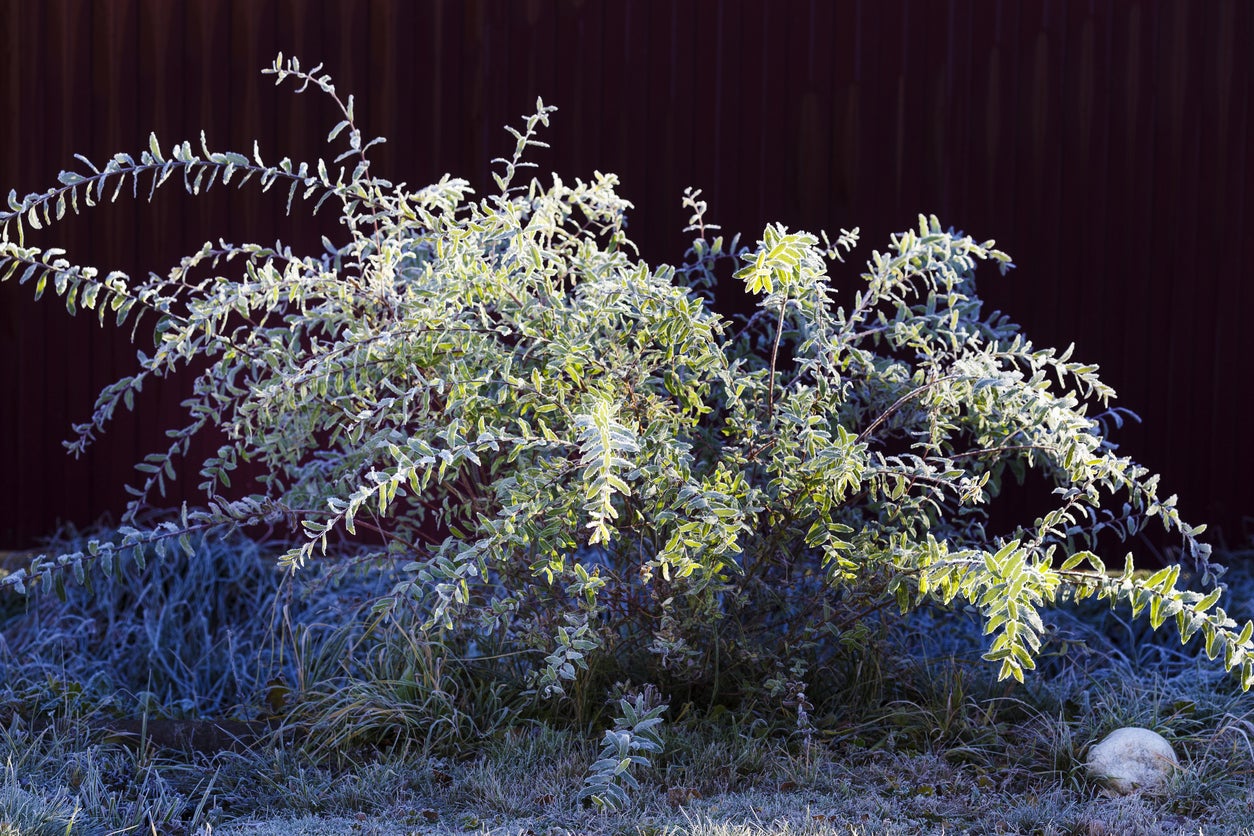 Pruning A Dappled Willow – How To Prune Dappled Willow Shrubs
Pruning A Dappled Willow – How To Prune Dappled Willow ShrubsThe dappled willow is a popular ornamental tree with a graceful weeping habit. Since this tree grows quickly, pruning a dappled willow is always an important part of the maintenance. Click here for information on dappled willow pruning.
By Teo Spengler
-
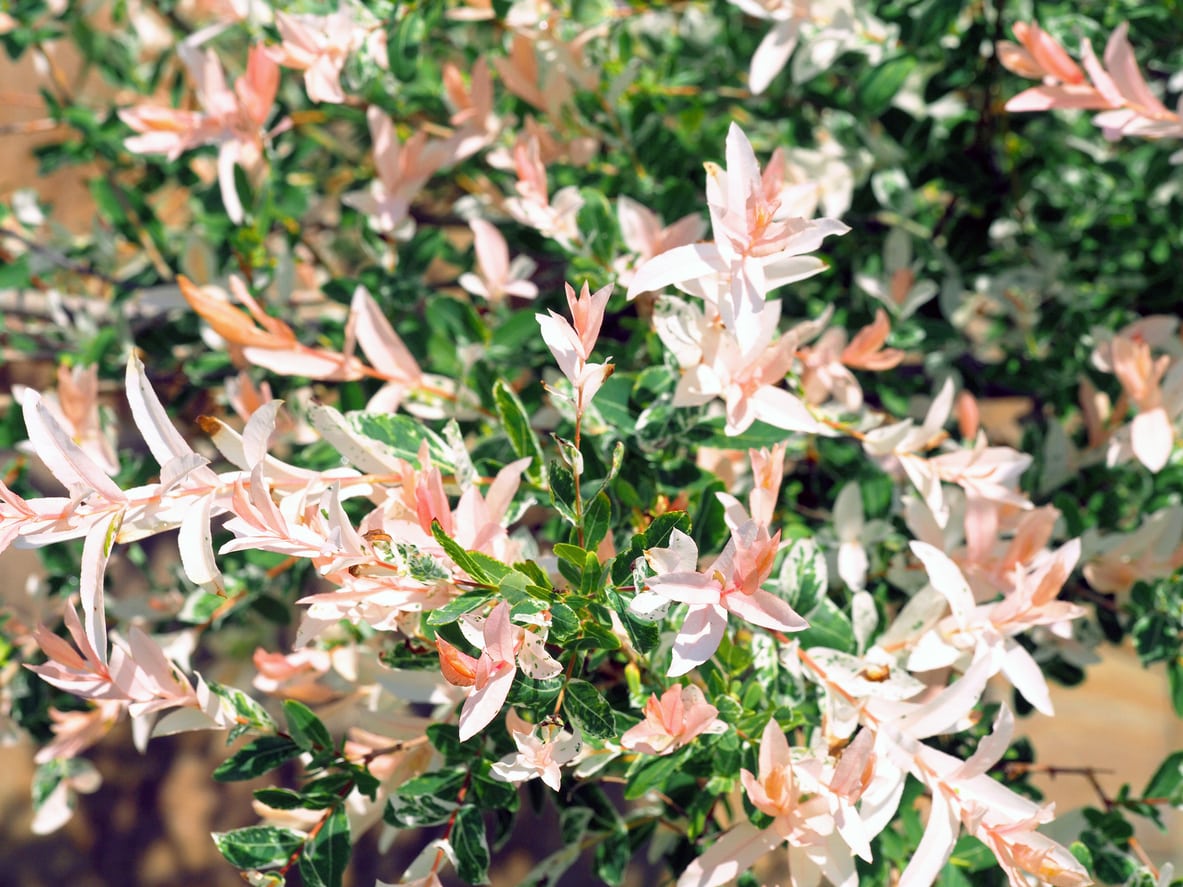 Japanese Willow Pruning – How To Cut Back A Japanese Willow Tree
Japanese Willow Pruning – How To Cut Back A Japanese Willow TreeLike most willows, Japanese willow trees grow extremely fast. Trimming Japanese willows is a chore you may have to do several times a year to keep the shape and size in check. Click this article to learn how to prune Japanese willows.
By Darcy Larum
-
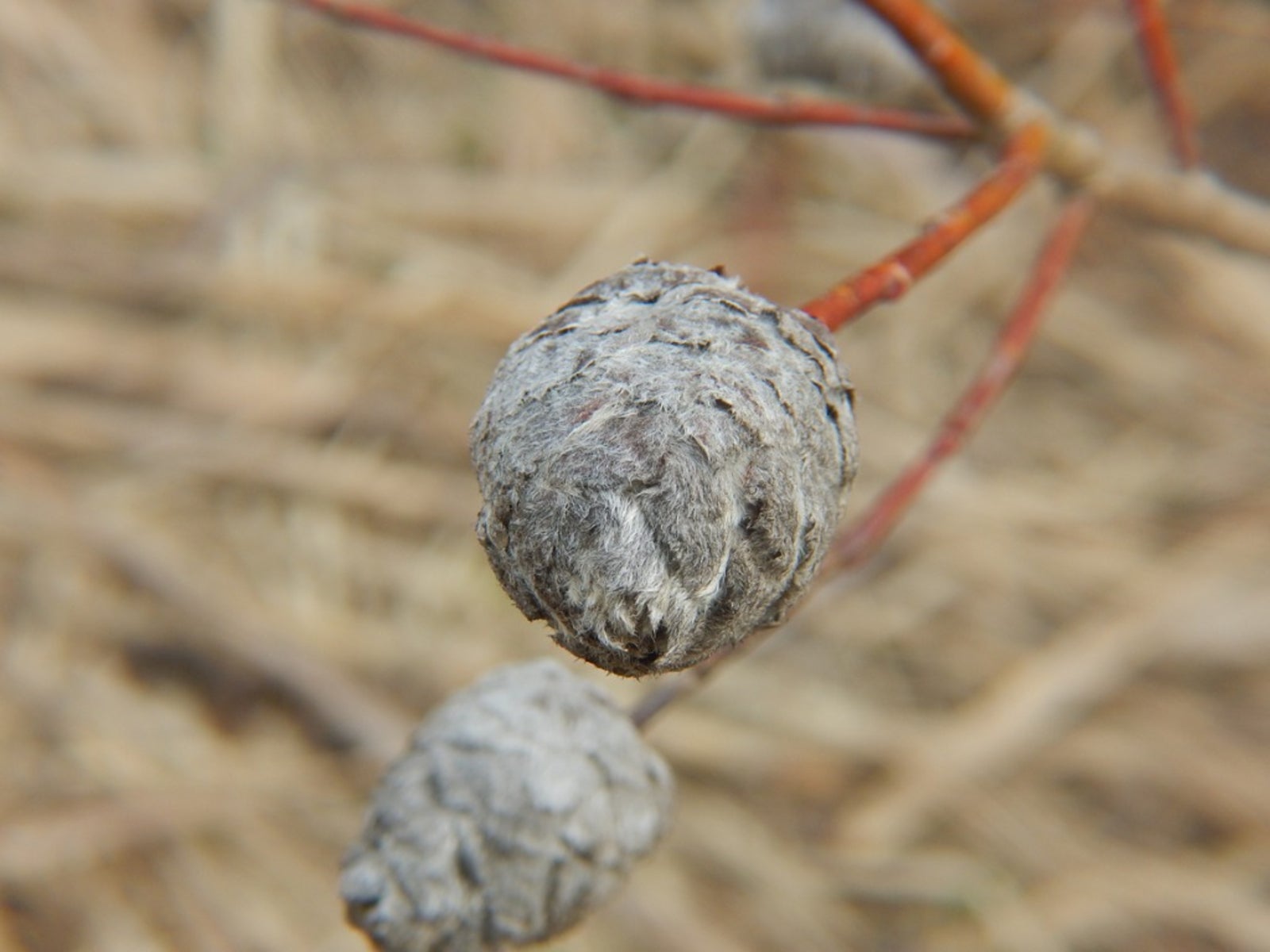 What Are Willow Galls: Learn About Galls On Willow Trees
What Are Willow Galls: Learn About Galls On Willow TreesWillow tree galls are unusual growths that appear on willow trees. You may see different varieties on leaves, shoots, and roots. The galls are caused by sawflies and other pests as well as bacteria and can look quite different depending on the pest causing them. Learn more here.
By Teo Spengler